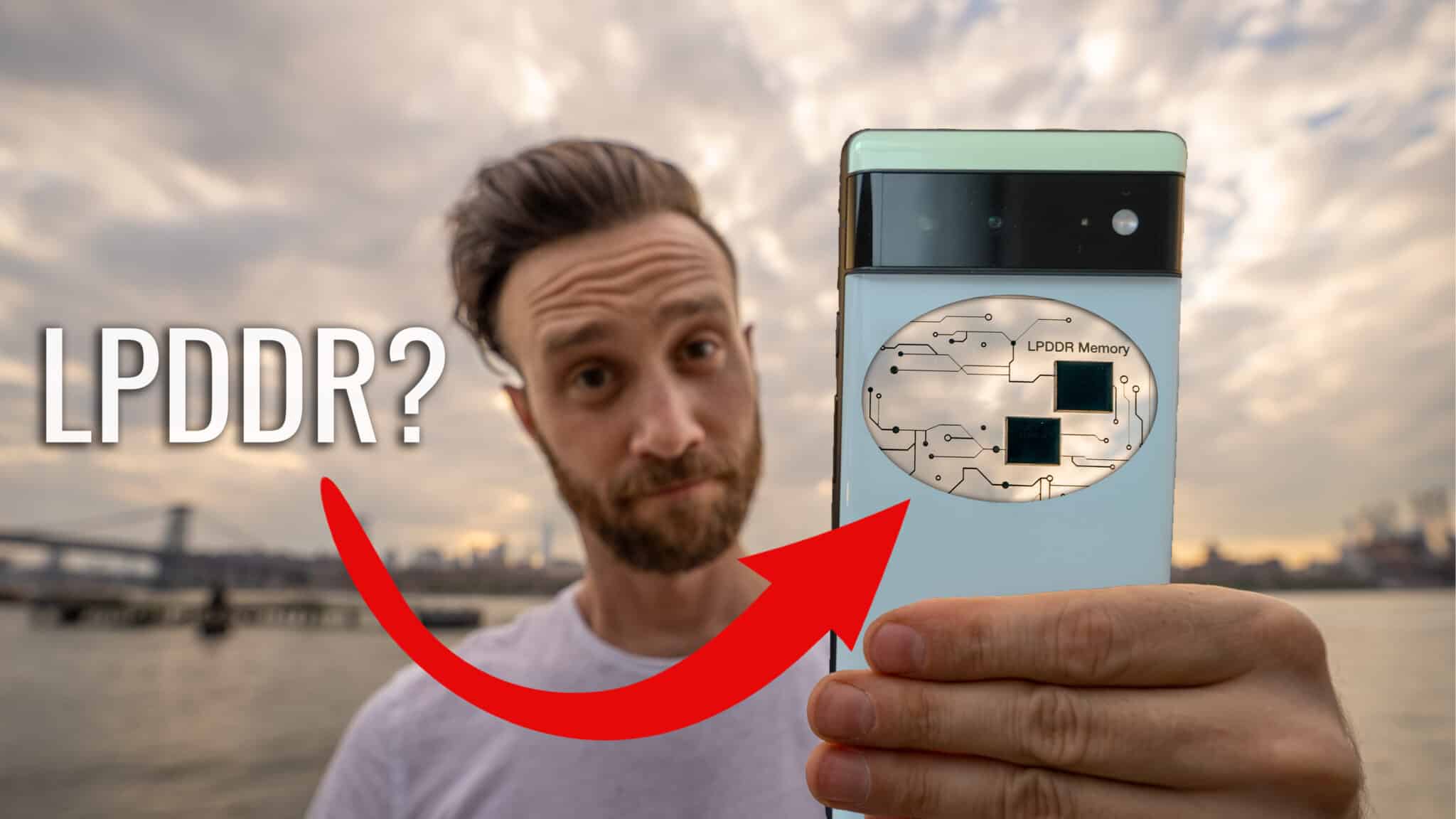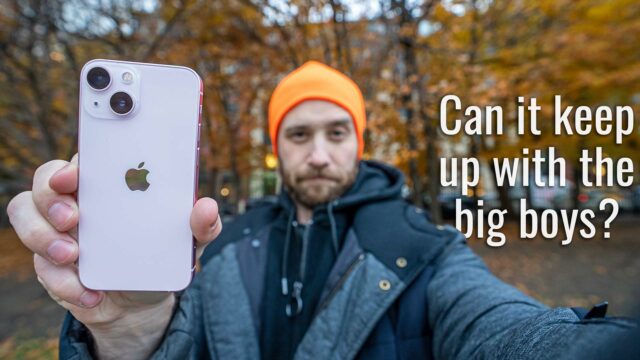Apple iPhone SE 2020 Complete Walkthrough (w/ Camera Comparison & Battery Test)
Apple finally did it. They brought back the iPhone SE, the smaller iPhone that so many people have been asking for (and reluctantly upgrading to newer bigger iPhones in the interim, unfortunately).
Retaining some of the compact nature along with lower price tag people are obviously curious if the new SE is what they were hoping for all that time.
Well since the iPhone SE that I bought finally arrived let’s check it out and see if it has what you were looking for in this complete walkthrough.
Now if you’re not familiar, a complete walkthrough on this channel is where I try to go through every single feature I possibly can on a new device so that you guys are better prepared should you be in the market to actually go buy one.
With that said there’s a lot to go through so let’s get started with the hardware.
First, the new iPhone SE has a 4.7” 16:9 aspect ratio 1334 x 750 resolution IPS LCD screen.
We have an advertised 1400:1 contrast ratio, DCI-P3 wide color, and a supposed 625-nits of max brightness.

Above that screen, we have a 7MP f2.2 aperture front-facing camera that looks like this compared to the next tiered iPhone the iPhone 11 along with some other devices.

Also, that front camera is capable of capturing video in 1080P at 30fps and it looks and the microphones sound like this.
Under that screen though is something I didn’t expect to see on a new iPhone: a fingerprint sensor.

Just like with older iPhones this how you will unlock the phone, confirm purchases in iTunes, enter in passwords on websites, etc. And it’s also your home button, you can double-tap it to get to multitasking and tap and hold to get Siri.
Because of this, there is no FaceID and because of that no Animojis (sad). Also, you’ll be using the original iPhone gestures of swiping down anywhere from off the top of the screen to get your notifications, and anywhere from the bottom to get your control center (vs the specific dragging down from the top to get to either on devices that no longer have the home button).
Personally, I already know so many people who prefer this to FaceID in the first place and want a smaller iPhone in general so I’m sure they’re already excited at this point in the video.

Speaking of the size though, it’s not the size of the iPhone SE (sorry for those who actually still wanted that), times and content on the screen has changed and instead of a 4” screen from the original iPhone SE we’re still pretty close at the 4.7” I mentioned and it’s still a bit smaller than the iPhone 11 Pro’s 5.8” (the next smallest iPhone by body size you can currently buy).

It comes in three colors. Black, white, and red which is part of Product(RED) a non-profit charity organization that usually supports AIDS research but a portion of the price when purchasing this model now goes to COVID-19 global fund. And frankly, the red just looks really good, too.
It’s made out of a color-matched aluminum frame with glass on the front and back (and based on multiple investments in Corning the glassmaker who makes the ever-popular Gorilla Glass on most Android devices, it’s safe to say it’s a Corning strengthened glass but it’s not technically Gorilla Glass).
The phone is IP67-rated meaning it can be submerged for up to 30 mins under 1 meter of water.
Moving around the phone, we have our volume buttons on the left along with our notification slider that can be used to toggle between the ringer on and off.
On the right, we have our power button and our SIM card slot.
At the top, we have nothing.
At the bottom, we have one of our stereo speakers (the other is the earpiece), and here’s what they sound like on full blast.
Next to that, we have our lighting port that supports 18W charging that can supposedly give your phone 50% battery of the 1821mah battery in here in about 30 mins. Unfortunately, though, they do not include a charger capable of that in the box (if you have an iPad charger that can be used to get the faster speed or you can purchase an 18W charger online).
Instead though, we have our standard charger so per the usual, let’s see how that does.
And now, let’s do an albeit unscientific test to see how long that battery lasts.

The phone can also charge via Qi wireless charger which is actually rare on a phone in this price range.
Under the hood, we have Apple’s own A13 Bionic chipset (the same in the iPhone 11, 11 Pro, and 11 Pro Max) and it’s paired with 3GBs of RAM and the choice of either 64/128/256GBs of NVMe storage.
For connectivity, we have Bluetooth 5.0 and WiFi 6, which is another rarity in a phone in this price range (and you can learn more about what WiFi 6 is in my Decodr explainer series linked here).

Moving around the back, we have our single camera system.
This main camera is essentially the same camera from the iPhone 8. It’s a 12MP f1.8 aperture camera with dual pixel autofocus and optical stabilization.

Regardless, here are some sample shots from it, the iPhone 11, as well as some other devices.
For video, the iPhone SE can record in up to 4K at 60fps and we can capture slow-mo up to 1080P at 240fps (in HEVC format by the way).

Now, really quickly, let’s dive into the other camera modes on the phone:
- Timelapse: You can record a video and it’ll automatically play it back sped up.
- Portrait Mode: Uses software to blur the background behind a subject to create a faster aperture look from a mirrorless/DSLR camera.
- Pano: Standard panoramic mode to let you start taking an image and pan the camera to have it stitch multiple images together to capture a wider, panoramic shot.
One feature that is missing however from these modes compared to all the other recent iPhone models is that there is no night mode. Night mode basically takes a series of long exposure shots and combines them to get a much better-lit lowlight image (check out my Decodr episode on how Night Mode actually works if you want to learn about) and so you won’t be able to use that on this phone, unfortunately.
This is annoying to me frankly as considering we have the same chipset and similar camera setup to the iPhone 11 (the biggest difference being a change in focus pixels which I don’t see why that would affect any of this stuff) it feels very much like a deliberate feature left out by Apple–which they have definitely done in the past just to help differentiate it from other models. Maybe I’m wrong, though.

Moving on to software, it’s running iOS 13.4.1 out of the box and since it’s the same as most modern iPhones it will run similarly to those and most people I feel are familiar with how it works, I won’t dive into here.
The iPhone SE 2nd generation is available now for $399 for the 64GB model, $449 for the 128GB and $549 for the 256GB options.













Thank you
Thank you for watching!